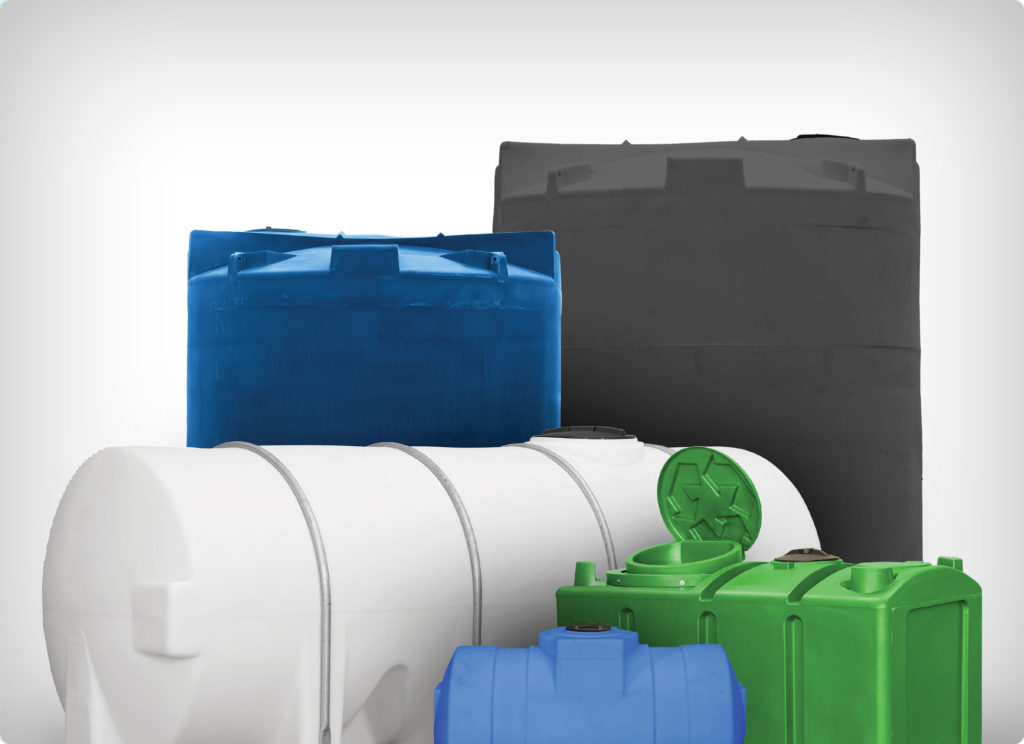Rotational molding, or rotomolding, is taking interest for the capability to convert style ideas in to real-world products and services with remarkable freedom Rotomolding.More producers are embracing it each year, and their increase is not just a production trend but a reply to a growing demand for cost-effective, tailor-made plastic parts.
Expanding Choice with Rotational Molding
Rotational molding allows for extraordinary get a handle on at every point, from idea to completed product. According to business examination, over 30 per cent of custom plastic items made globally now use rotomolding, with industry rising regularly year around year.

The method requires putting powdered resin in to a worthless mold, which revolves in an oven before plastic melts and coats the interior. The effect is a uniform, easy part. Unlike other practices, rotomolding may make complex designs without the need for secondary construction, major to reduce problem prices and smoother integration into larger systems.
Customization as Standard, Not Luxury
Modification is main to rotomolding's appeal. About 60 per cent of suppliers adopt rotational molding for goes under 5,000 models, studies suggest, quoting its adaptability. Unlike injection molding, which can need costly tooling improvements for every geometry adjustment, rotational molding handles design alterations with lower transparent cost.
Rotomolding supports characteristics like ribbing, double surfaces, various thickness, and actually bumpy completes in the simple mold. This flexibility allows developers modify wall depth or integrate different shades and features without wanting a brand new mold.
For prototype and small-batch runs, which account fully for about 25 percent of most rotomolding projects, this capability means faster product rounds and rapid answers to market shifts. It's easier to check iterations and adapt to step-by-step client specifications.
Cost-Effective Flexibility for Evolving Markets
Speed and cost matter in manufacturing. Information suggests that rotomolding may cut over all prototyping costs by 15 to 30 percent in comparison to more rigid creating techniques, mainly as a result of easier form adjustment and maintenance.

Moreover, rotomolded products range between large bins to complicated gas tanks, all benefiting from the technique's scalable nature. Approximately 50% of all rotational molding jobs each year involve item overhaul or quick feature version for emerging markets.
Tracking the Trend
With increasing need for customization and specialized programs, the recognition of rotational molding remains to grow. Trends indicate a steady change far from old-fashioned rigidity toward production techniques that prioritize adaptability.
Having its history for customizability and price control, rotational molding is defined to perform an even larger position in the plastics industry. These adopting this method signal a move toward greater solution differentiation and responsiveness to adjusting needs, which are vital in the present competitive landscape.
